
About ME
I am Anthony Flowish, Visual Artist Photographer based in Bari, Apulia (IT). Through my lens, I explore the flow of life and its hidden beauty. My Flow project captures the ceaseless movement of cities and people, transforming each shot into a visual narrative that invites reflection on the fleeting nature of existence.
Sono Anthony Flowish, Fotografo di Arti Visive, di Bari, Puglia (IT). Attraverso il mio obiettivo, esploro il flusso della vita e la sua bellezza nascosta. Il mio progetto "Flow" cattura il movimento incessante delle città e delle persone, trasformando ogni scatto in un racconto visivo che invita a riflettere sulla fugacità dell’esistenza.

PROJECT FLOW
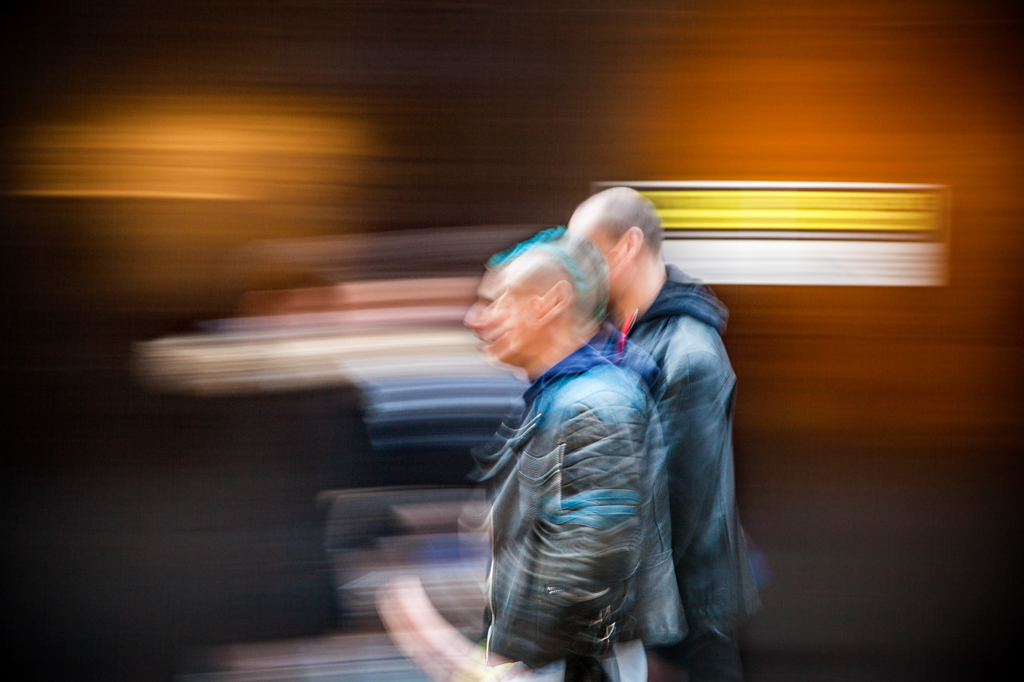
Flow is an invitation. To slow down, to feel, to truly see. Through my photographic works, time expands and becomes emotion. Each image is a space — open, alive — where you meet the world… and yourself.
Flow è un invito. A rallentare, a sentire, a osservare davvero. Attraverso le mie opere fotografiche, il tempo si dilata, si fa emozione. Ogni immagine è uno spazio: aperto, vivo, dove incontrare il mondo… e sé stessi.

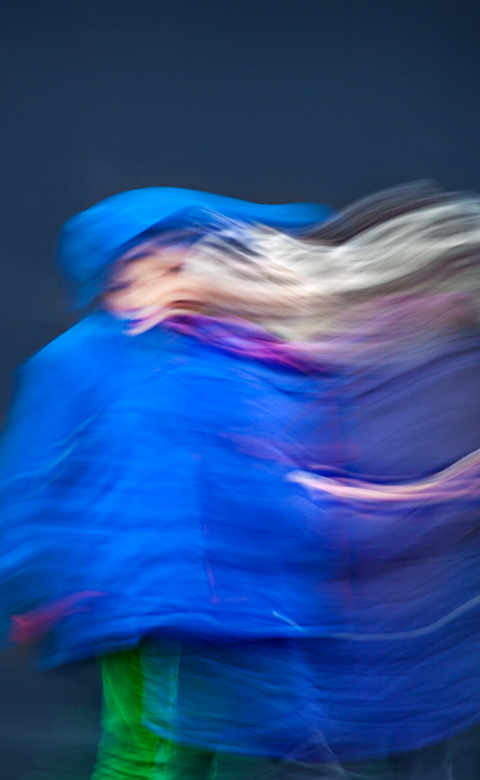
Cityscape Photography
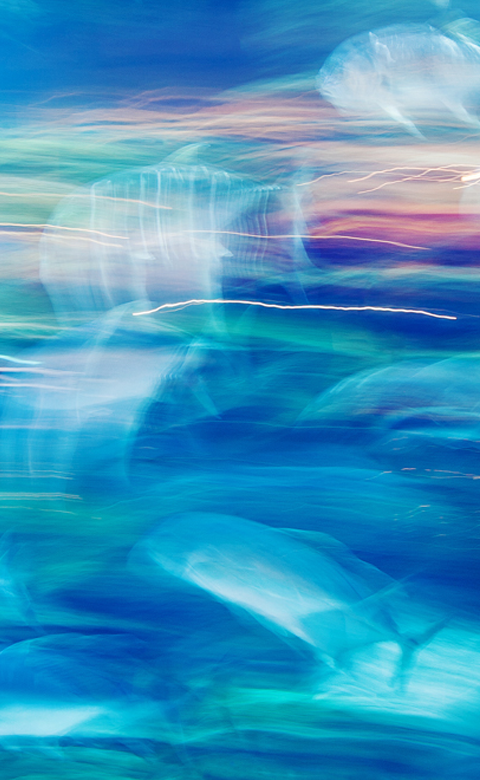
Nature Photography

Performance Art Photography
CRITICAL VOICES
Reflections and interpretations by curators, critics, and fellow artists.
Riflessioni e interpretazioni di curatori, critici e artisti.
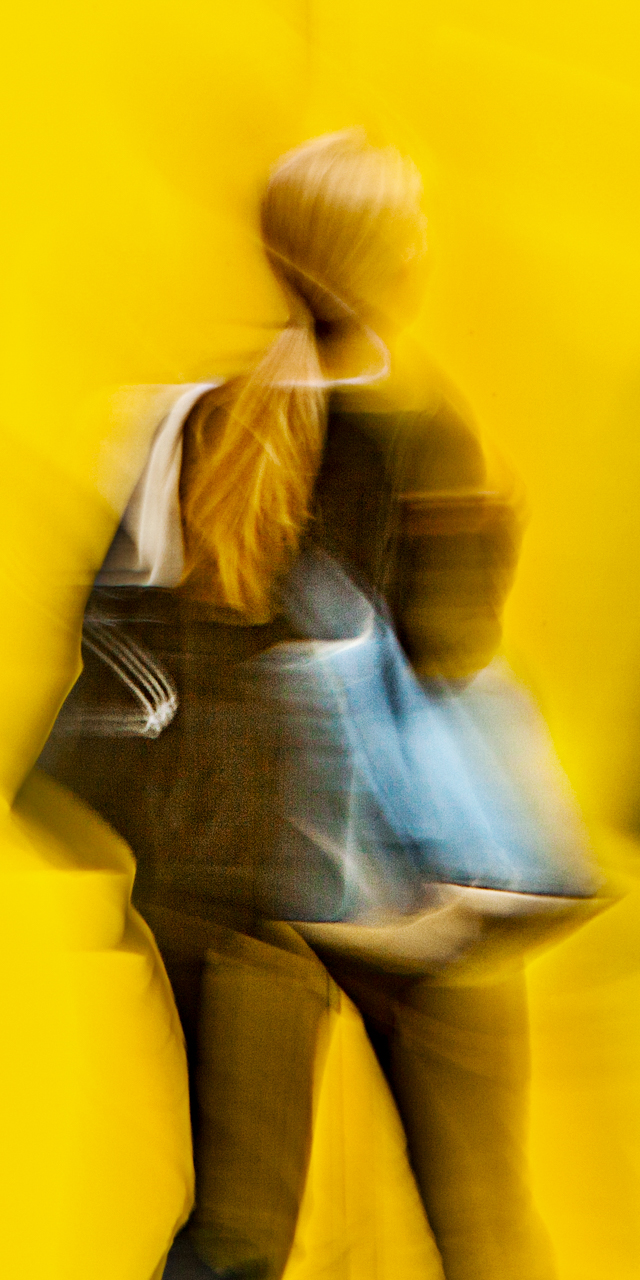
Cinzia Matteucci | Art Teacher
There are moments when the city is temporarily captured in a state of slow pause. In these moments, although people appear physically present in the environmental context, they become almost abstract forms flowing simultaneously with the city and its transformations, like inhabitants adrift. Drift as a mental condition; an approach that involves the complete abandonment of the routine of strolling in favor of wandering and getting lost. Starting from this idea, Antonio Fascicolo creates the project “Flow” (a continuous movement of people or things), a contemporary interpretation of the city and its transformation. Through the lines and graphic signs captured by his lens, a social portrait emerges; a world filled with colors almost forgotten. He, a multifaceted photographer, experiments with every expressive form linked to the third eye, ranging from Portraits, Weddings, Still Life, to Glamour; applying all the knowledge and experience acquired over the years to build a new photographic concept tied to his vision of reality. The pursuit of motion blur becomes almost a necessity, like living in the flow without stopping within the course of events. Cinzia Matteucci
Ci sono momenti in cui la città viene temporaneamente catturata in uno stato di pause lente. In questi momenti nonostante le persone appaiono fisicamente presenti nel contesto ambientale, diventano quasi forme astratte che scorrono in simultanea alla città e ai suoi cambiamenti, come abitanti alla deriva. Deriva come condizione mentale; approccio che prevede il totale abbandono della prassi della passeggiata a favore del vagare e del perdersi. Partendo da questa idea, Antonio Fascicolo realizza il progetto “Flow”, (movimento continuo di persone o cose) un’interpretazione contemporanea della città e della sua trasformazione. Attraverso le linee e i segni grafici catturati dal suo obiettivo, emerge il ritratto sociale; un mondo carico di colori quasi dimenticato. Lui, Fotografo poliedrico, sperimenta ogni forma espressiva legata al terzo occhio, spaziando dal Ritratto, al Wedding, allo Still Life al Glamour; applicando tutta la conoscenza e l’esperienza acquisita negli anni, per costruire un nuovo concetto fotografico legato alla sua visione della realtà. La ricerca del mosso diventa quasi una necessità, come un vivere nel fluire senza sostare nel corso degli eventi. Cinzia Matteucci
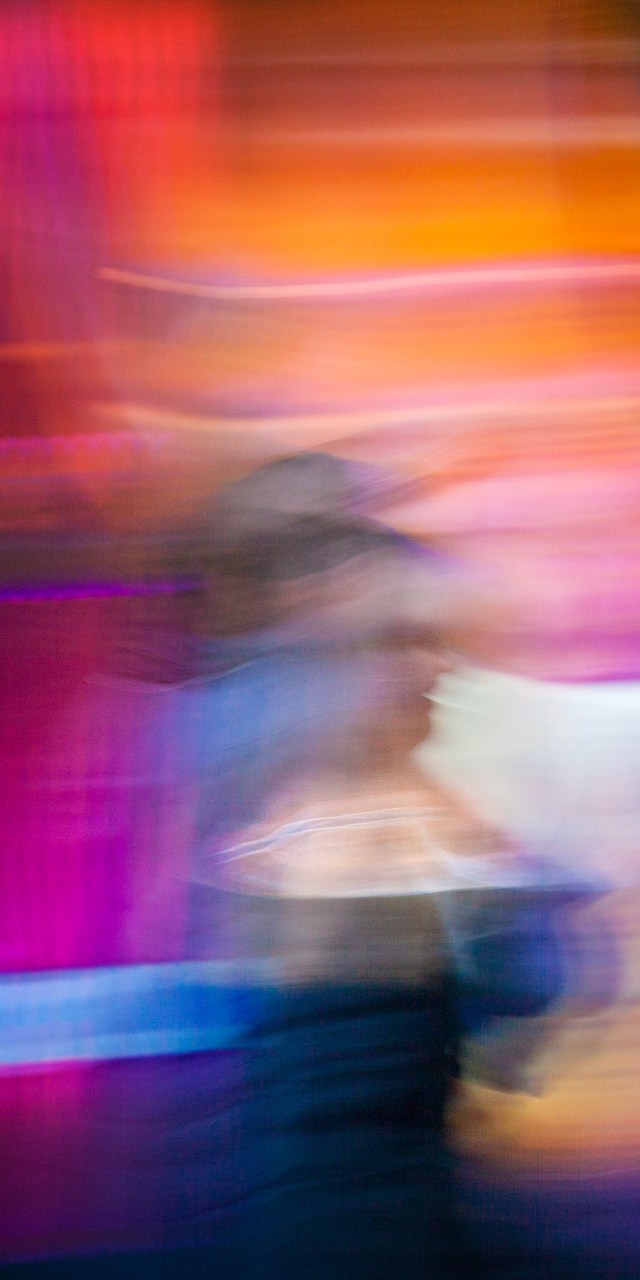
Rosanna Mele | Art Curator
Flowish is a visual and intentionally simplified appendix to the photographic project "Flow," which Maestro Antonio Fascicolo — born in '61 — has been working on for 15 years. Conceived as a colorful harmony of urban dynamism, the collection arises from a dual creative need: as a purely technical expression of the shots and as a metaphor for daily life, always balancing between a state of internal calm and external frenzy... His photography is conceptual, refined, and visionary. A creative blur that finds comparative reason and aesthetic confirmation in renowned masters of 20th-century photography. His highly personal approach is based on instinct and the representation of familiar subjects from our urban daily life, never devoid of individual and collective soul. His style clearly emerges in the Flowish collection, a series of photographs dedicated to the 'fluid city,' where color and dynamism combine to give life to a new, and I would say, 'flourishing' visual language. Rosanna Mele
Flowish è appendice visiva e volutamente semplificata del Progetto FotoGrafico “Flow” cui il Maestro Antonio Fascicolo - classe 61 - lavora da 15 anni. Pensata come armonia a colori del dinamismo urbano, la raccolta Nasce da una duplice esigenza creativa: come espressione squisitamente tecnica degli scatti e come metafora della vita quotidiana sempre in bilico tra stato di quiete interna e frenesia esterna... La sua è una Fotografia concettuale, raffinata e visionaria. Un mosso creativo che trova motivo comparativo e conferma estetica in autorevoli maestri della fotografia del 900. Il suo personalissimo approccio è basato sull’istinto e sulla rappresentazione di soggetti consueti della nostra quotidianità urbana mai priva di anima individuale e collettiva. Il suo stile emerge chiaramente nella collezione Flowish, serie di fotografie dedicata alla ‘città fluida’, nelle quali colore e dinamismo si combinano dando vita ad un nuovo, e direi, ‘ fiorito’ linguaggio visivo. Rosanna Mele
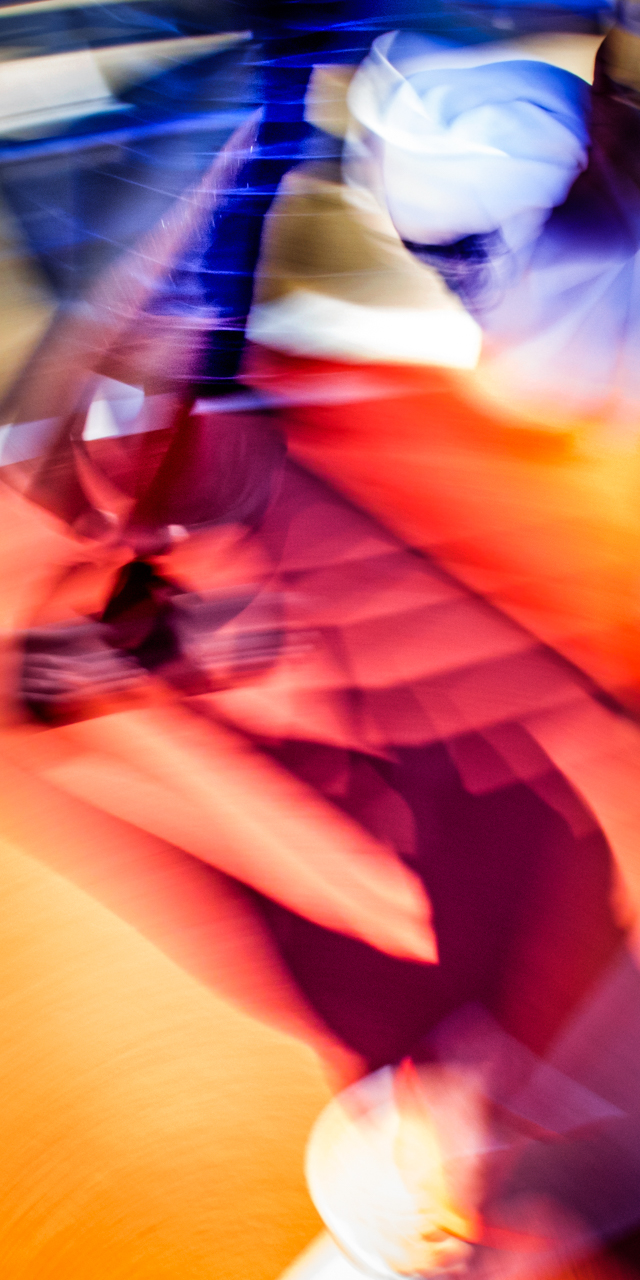
Vito Cracas | Art Historian and Critic
The exploration, through a balanced synthesis of concepts and essential elements, highlighted to evoke visualized sensations — suggested by creative emotion — allows Antonio Fascicolo to capture unforeseen and unpredictable moments, suggesting latent images that are often not rationally perceptible, and raising questions that cannot be easily answered. Detaching from the usual, frivolous, and fleeting reality enables one to consider and understand the perceived and set-aside tensions that the photographic artist highlights, which condition the actions marking relationships — not always rational — in the hectic modern life. And the chromatic vibrations — in the carefully selected and varied fluctuating tones — in conveying a shared synthesis to the configurations of the preordained transformations that hint at their essence, give the evolutionary perception of the inherent, sought-after, and sometimes attributed movement, revealing the perceptible and unexpected transformation. This transformation is pursued in its evolution and highlighted through the refined and fixed dissolves and the softened or intensified tonal variations. Vito Cracas
La ricerca, in una equilibrata sintesi dei concetti e degli elementi essenziali, evidenziata per far avvertire delle sensazioni visualizzate - suggerite dall’emotività creativa - consente ad Antonio Fascicolo di fissare attimi imprevisti ed imponderabili per suggerire immagini latenti, spesso non razionalmente percettibili, ed interrogativi a cui non si riesce a dare soddisfacenti risposte. Staccarsi dalla consueta, frivola e fuggente realtà permette di considerare, e comprendere, le avvertite e accantonate tensioni, dall’artista fotografo evidenziate, che condizionano l’agire che segna i rapporti, non sempre razionali, della concitata vita moderna. E le vibrazioni cromatiche - nelle ricercate e variegate tonalità fluttuanti - nel trasmettere una sintesi condivisa alle configurazioni delle preordinate trasformazioni che ne fanno intravedere la sostanza, danno l’evolutiva percezione del movimento insito, ricercato e a volte conferito, che ne fa fruire la percettibile ed imprevista trasformazione, ricercata nella sua evoluzione ed evidenziata dalle colte e fissate dissolvenze e dalle sfumate o accentuate variazioni tonali. Vito Cracas
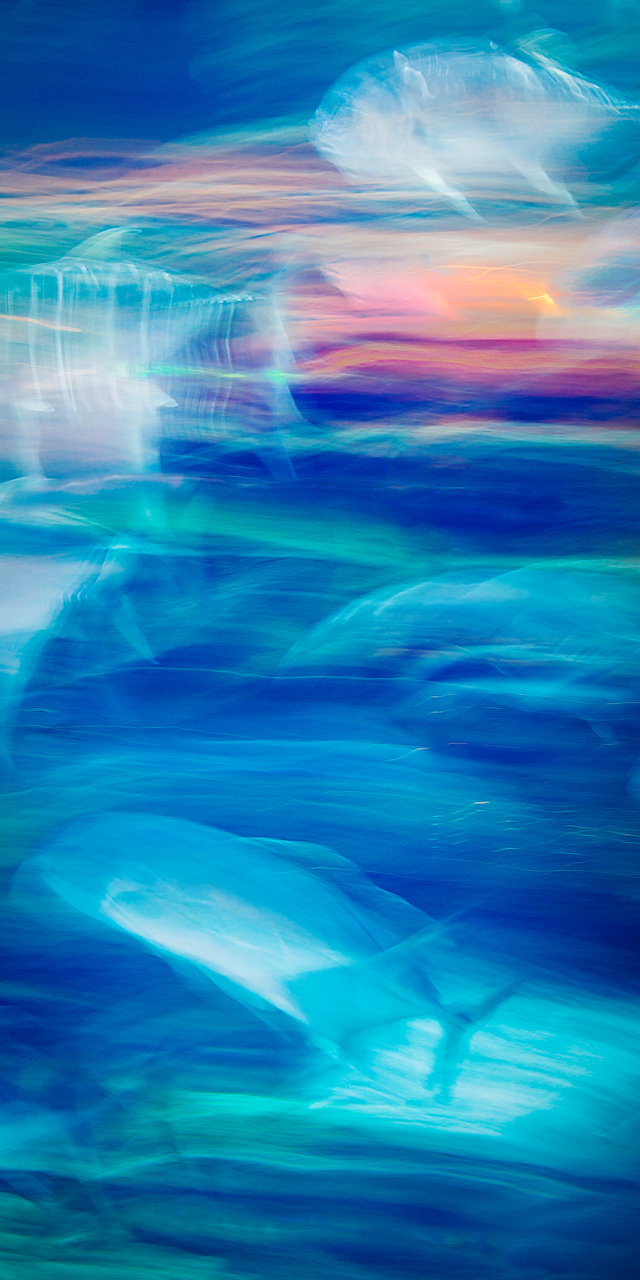
Francesca d'Alessio | Project Manager
The "Flow" project, conceived by professional photographer Antonio Fascicolo, places movement in its purest form at the center of attention, conveyed to the viewer through blurred lines, misshapen circles, and sketched, almost dotted images that create a sinuosity and flexibility in the fixed and real — something rarely executed correctly even by an experienced painter. With this photographic project debut, Fascicolo presents himself as confident and assured from the very first image shown, ready to emerge in the artistic photography landscape. The vibrant and lively colors of the shots, along with the careful selection of subjects, are fundamental characteristics of this light and vibrant visual journey. Congratulations! Francesca d'Alessio
Progetto Flow ideato dal fotografo professionista Antonio Fascicolo, pone al centro dell’attenzione il movimento nella sua forma più pura, trasmesso allo spettatore mediante linee sfocate, cerchi fuori forma e immagini tratteggiate, quasi puntinate, che creano una sinuosità e flessibilità del fisso e del vero, raramente eseguita correttamente anche da un pittore esperto. Al suo esordio con il Progetto fotografico, Fascicolo si presenta sicuro e confidente dal primo scatto mostrato, pronto a emergere nel panorama fotografico artistico. I colori pieni e vivi degli scatti e la ricercatezza dei soggetti, sono caratteristiche fondamentali del percorso visivo leggero e vibrante. Complimenti! Francesca d'Alessio
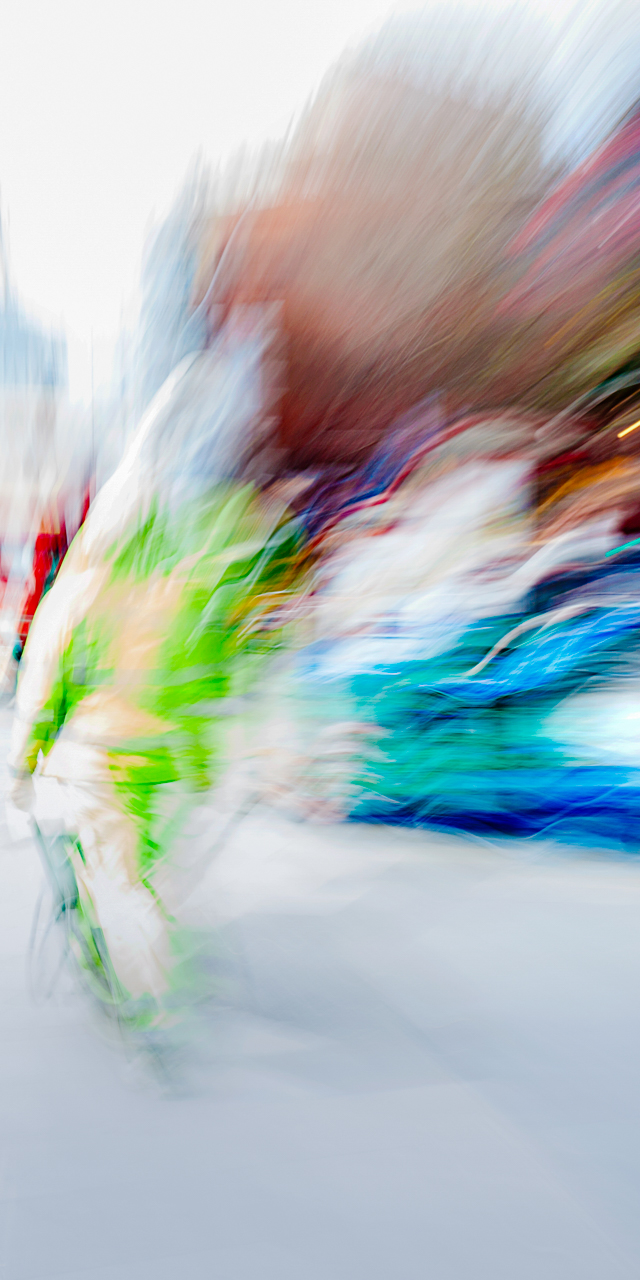
Valentina Testa | Film Critique
Continuum. Lights, lines, and colors compose the varied canvas of the "Flow" project photographs, creating a continuum that the frames of the images cannot truly contain. It recalls the photographic gaze of Degas, but also presents a new, cinematic synthesis: there is photography, the miracle of the technique that has given us the ability to fix time in its eternal flow, but this time, that very time is not frozen in an instant, and space is not immobilized. Instead, the constant flow of existence — the impossible-to-stop flow — is captured by the camera's eye, which focuses with a long exposure on the objects around it to capture their deeper essence: the becoming of the world. It is almost a postmodern, humanistic futurism, no longer interested in speed for speed's sake, but instead examining singularity as a composite whole of tiny, ever-changing details, finding in the continuous movement of people and things — the flow — the defining feature of a vibrant, colorful world. Valentina Testa
Continuum. Luci, linee e colori compongono il quadro variegato delle fotografie di progetto flow, per un continuum che le cornici delle immagini non possono davvero fermare. È lo sguardo fotografico alla Degas, ma è anche una sintesi nuova, cinematica: c’è la fotografia, il miracolo della tecnica che ha regalato la possibilità di fissare il tempo nel suo eterno scorrere, ma questa volta questo stesso tempo non è congelato in un istante, lo spazio non è immobilizzato. Invece, il fluire costante dell’esistenza, il flow impossibile da fermare è immortalato dall’occhio della macchina fotografica che si concentra in lunga posa sugli oggetti intorno a lui per catturarne l’essenza più profonda, quella del divenire del mondo. È quasi un futurismo postmoderno e umanista, a cui non interessa più la velocità per la velocità ma che guarda alla singolarità come un insieme composito di dettagli minuscoli e sempre cangianti, per trovare nel movimento continuo di persone e cose — il flow — il tratto distintivo di un mondo coloratissimo. Valentina Testa

Pio Meledandri | Art Curator
Flow of Faith and Humanity: Photographs by Antonio Fascicolo Since 1826 (the year of the creation of the first photograph by Nicéphore Niépce), many have embraced the technique of “motion blur,” a procedure chosen as a form of expression to convey their thoughts or visually represent their studies on movement. In Antonio Fascicolo’s work, there is no intention to transform the static image into a streak to highlight mechanical motion, as seen, for example, in the work of brothers Anton Giulio and Arturo Bragaglia, who adhered to the Futurist avant-garde of the early 20th century by experimenting with the effects of gestures and dynamism in photography. The Bragaglia brothers reflected the fervent involvement in the cult of speed and modernity professed by Filippo T. Marinetti and his followers. Fascicolo, on the other hand, observes, moves, and respectfully and empathetically captures an ancient and identity-defining ritual. It is the city that “travels” alongside its patron saint: a liturgical and emotional journey that the artist masterfully captures; an overlap of the mystical and the real, the sacred and the profane, institutions and pilgrims, the wealthy and the needy. This is not the same type of motion blur that Mario Cresci adopted in his portraits starting in 1967, where indistinct and ghostly subjects became a pretext to represent the environment and the material culture of Lucanian interiors. If, in Pio Tarantini’s extensive studies on motion blur in photography, the images effectively symbolize humanity’s precarious and fleeting existence on this Earth, for Fascicolo, the visual observation and recording of the sacred gestures are evidence of the anthropological survival of the ritual: the motion blur thus becomes the trace of that thread of light that includes and unites. It is a cortege of atonement or propitiation in which the artist, following the long trail of glowing light, incense, and sanctity, creates a vision imbued with mysticism around the ritual: traffic officers are transfigured into white-clad, hooded figures; law enforcement, authorities, and worshippers become mystical and ethereal entities. Fascicolo narrates the journey of the Saint through the alleys and streets of ancient and contemporary Bari, capturing analogies and reflections. Within the pieces of a single mosaic, one can perceive the resonance of chants, the percussion of drums, and the cadence of traditional band music: it is the procession of Saint Nicholas, a long trail of sanctity. Bari, November 7, 2024 - Pio Meledandri
Flusso di fede e umanità: fotografie di Antonio Fascicolo Dal 1826 (anno della realizzazione della prima fotografia da parte di Nicéphore Niépce) a oggi, molti sono stati gli interpreti del “mosso”, procedura che viene scelta come forma espressiva per manifestare il proprio pensiero o rappresentare visivamente le proprie ricerche sul moto. In Antonio Fascicolo non c’è il desiderio di trasformare l’immagine statica in una striscia al fine di evidenziare il movimento meccanico, come ad esempio nei fratelli Anton Giulio e Arturo Bragaglia, che aderirono all’avanguardia futurista del primo Novecento sperimentando gli effetti del gesto e del dinamismo nella fotografia. In loro si riscontra il fervente coinvolgimento nel culto della velocità e della modernità professato da Filippo T. Marinetti e adepti. Fascicolo invece osserva, si sposta, scatta rispettoso e partecipe di un rito antico e identitario. È la città che “viaggia” insieme al patrono: un percorso liturgico ed emozionale che l’autore coglie con maestria; una sovrapposizione di mistico e reale, di sacro e profano, di istituzioni e pellegrini, di ricchi e di bisognosi. Non è certamente il mosso che Mario Cresci adotta nei ritratti iniziati nel 1967, nei quali i soggetti indistinti e fantasmatici sono il pretesto per rappresentare l’ambiente e la cultura materiale degli interni lucani. Se per Pio Tarantini, nei suoi lunghi studi sul mosso in fotografia, le immagini simboleggiano bene la precarietà dell’uomo nel suo fluido passaggio caduco e fugace su questa Terra, per Fascicolo l’osservazione e la registrazione visiva della sacralità dei gesti sono la testimonianza della sopravvivenza antropologica del rito: il mosso diventa così la traccia di quel filo di luce che include e unisce. Un corteggio di espiazione o di propiziazione in cui l’autore, seguendo la lunga scia di flagranza di luce, di incenso e santità, crea tutt’intorno al rito la visione di sapore mistico: i vigili urbani sono trasfigurati in incappucciati biancovestiti; le forze dell’ordine, le autorità e i fedeli in figure mistiche ed eteree. Fascicolo narra il cammino del Santo, nei vicoli e per le strade della Bari antica e contemporanea, cogliendo analogie e rimandi. Nei tasselli di un unico mosaico si percepisce la risonanza dei canti, la percussione dei tamburi, il cadenzare dei suoni della banda tradizionale: è la processione di San Nicola, una lunga scia di santità. Bari, 7 novembre 2024 - Pio Meledandri